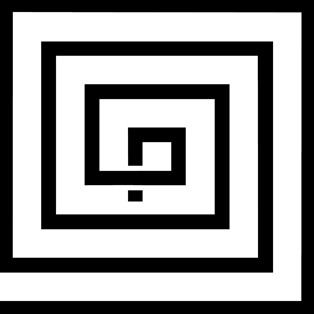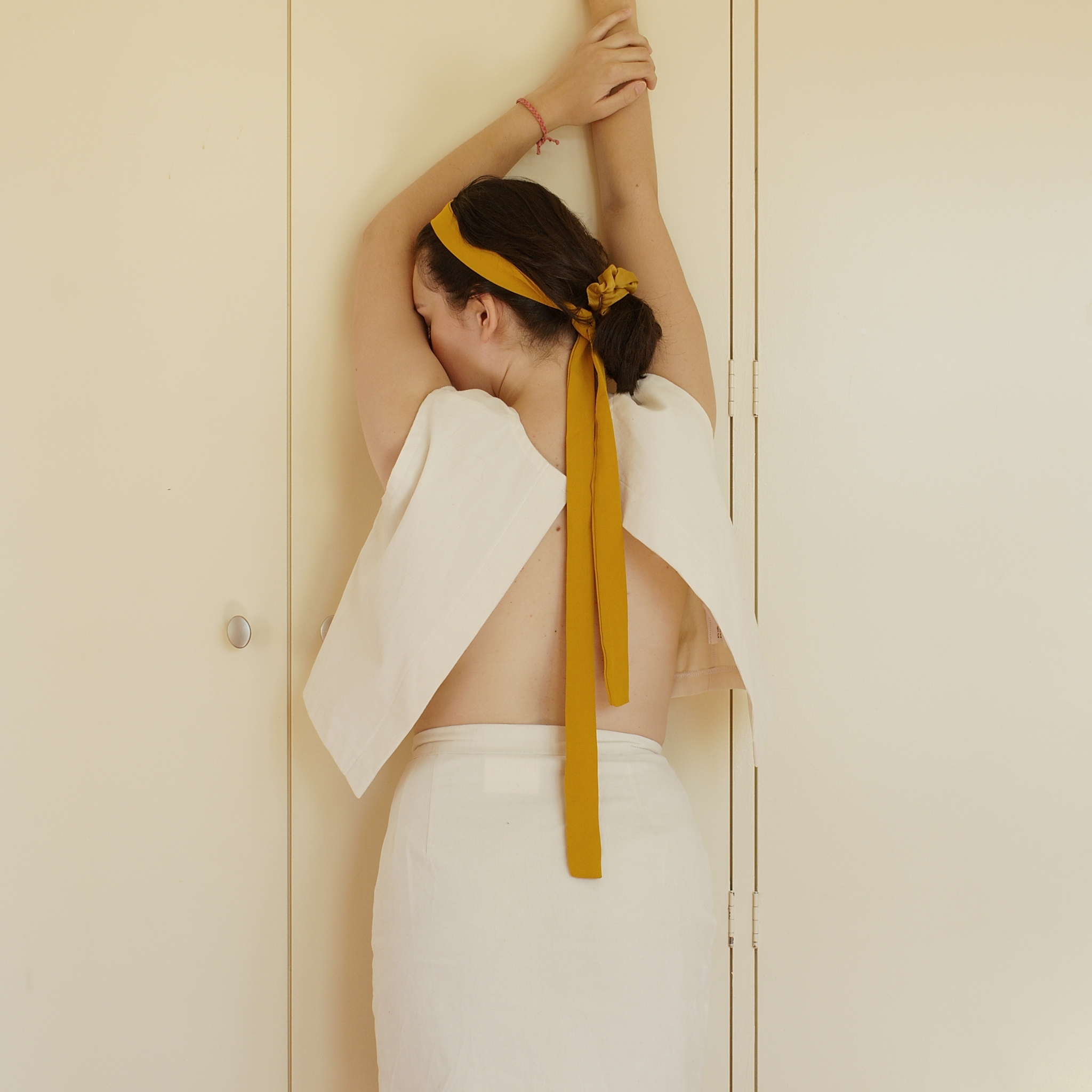This year's celebration of 100 years of the influential art movement Bauhaus was a great opportunity for me and my friends to create a series of photographs that would be a reminder of some of the movement greatest achievements, namely the legacy of modernism in design and architecture. When looking for a personality from our region the size of the well-known masters, such as Le Corbusier or Mies van der Rohe, it was the work of a native from provincial town of Brno, the son of a stonemason, a nonconformist and a cosmopolitan, and until now a rather underappreciated architect and writer Adolf Loos. The well-preserved Villa Winternitz in Prague, the last built house of Adolf Loos, was chosen as an ideal location.
The ideas of Loos on design, architecture and living materialized in the house were to be represented through a dream-like architectural promenade embraced by the body movement and deliberately chosen clothing of the main protagonist, featured by stage actress Monika Stankovičová, as well as by dancers from Prague's collective Anatomie v pohybu, Eva Pospíšilová and Jana Hríbiková, featured as 'architect's muses'. The clothing was provided in collaboration with emerging fashion studio Bagbet, and finally my friend architect Ivan Málek from Pixelated Vertex studio gave us a helping hand with the lighting.
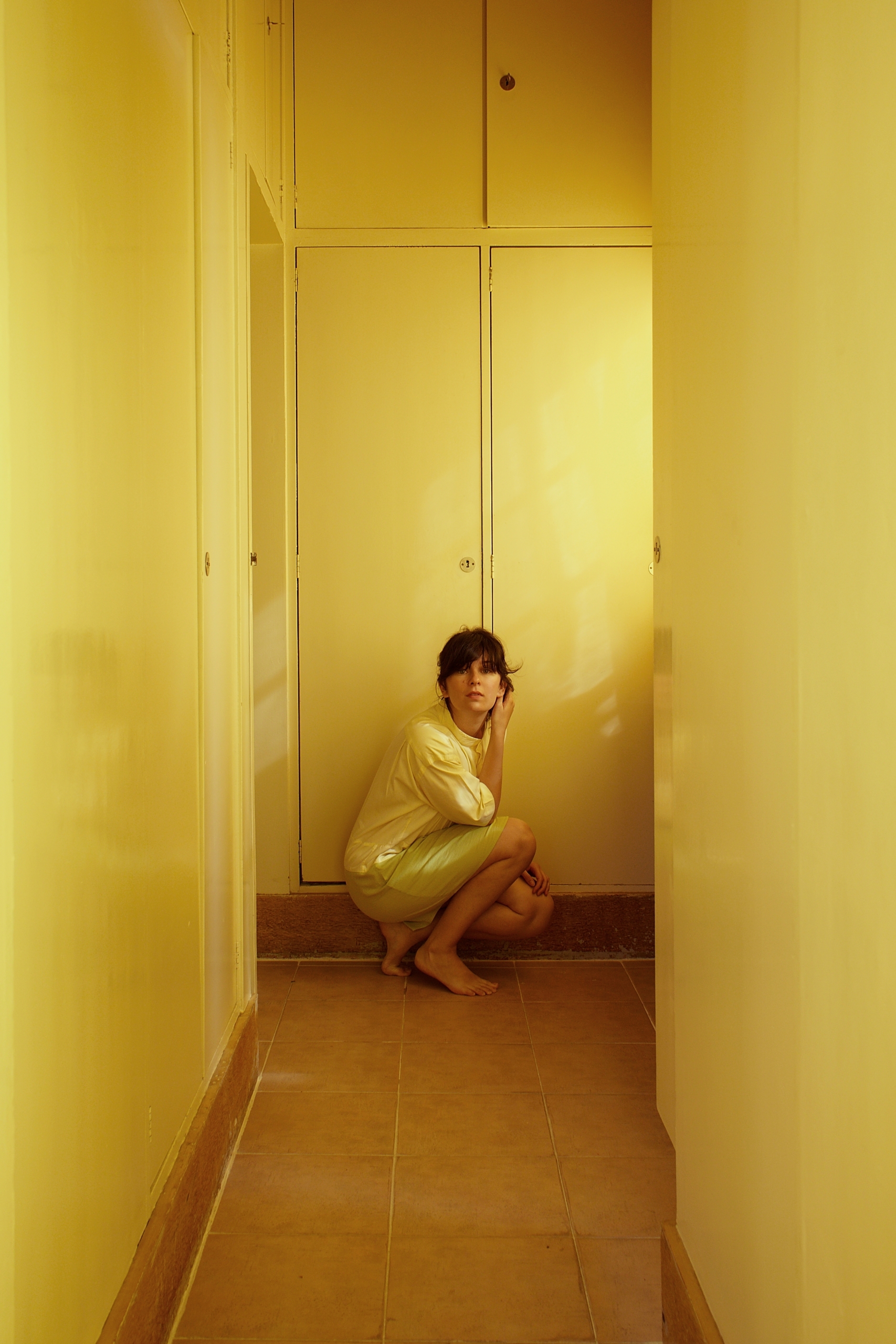
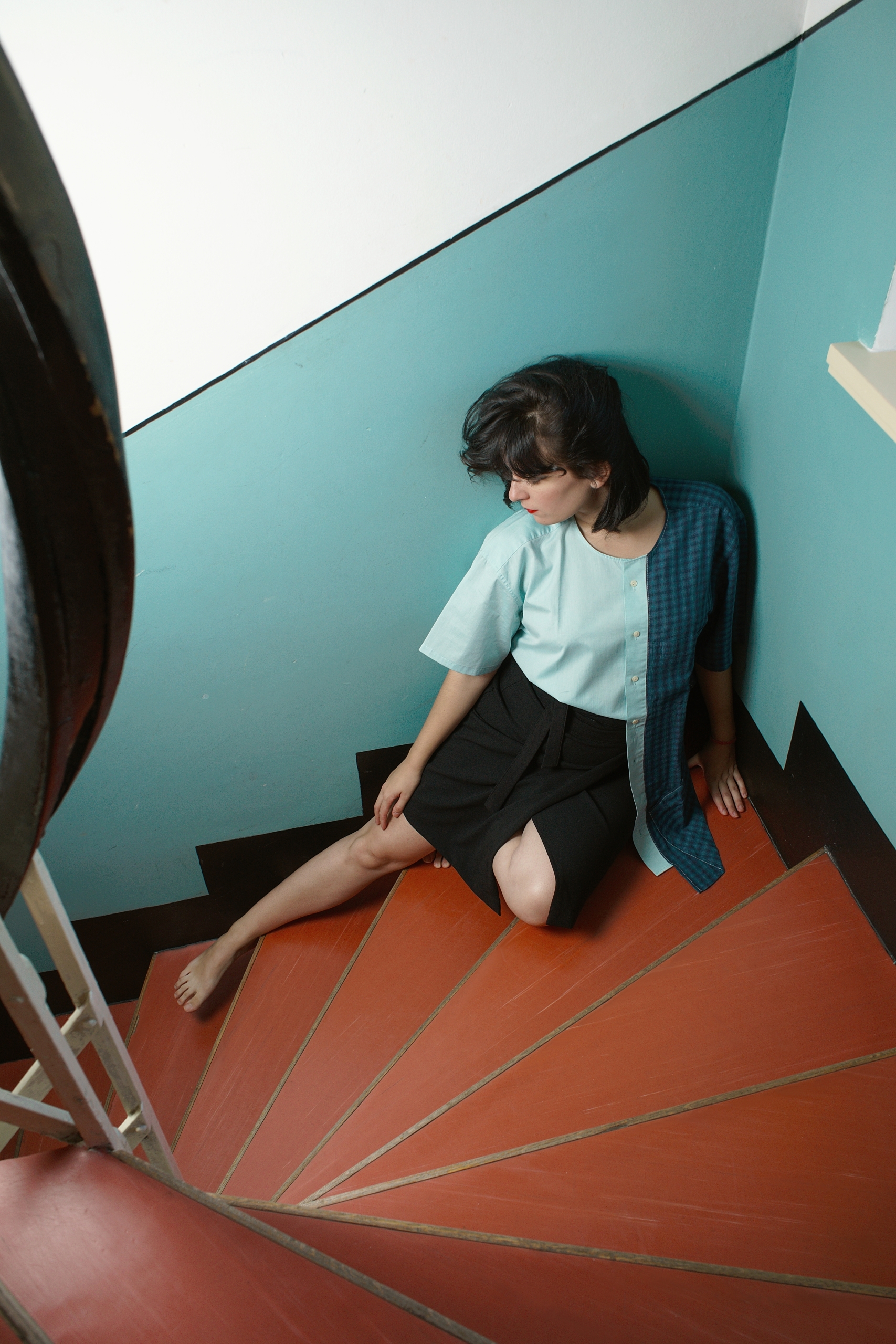
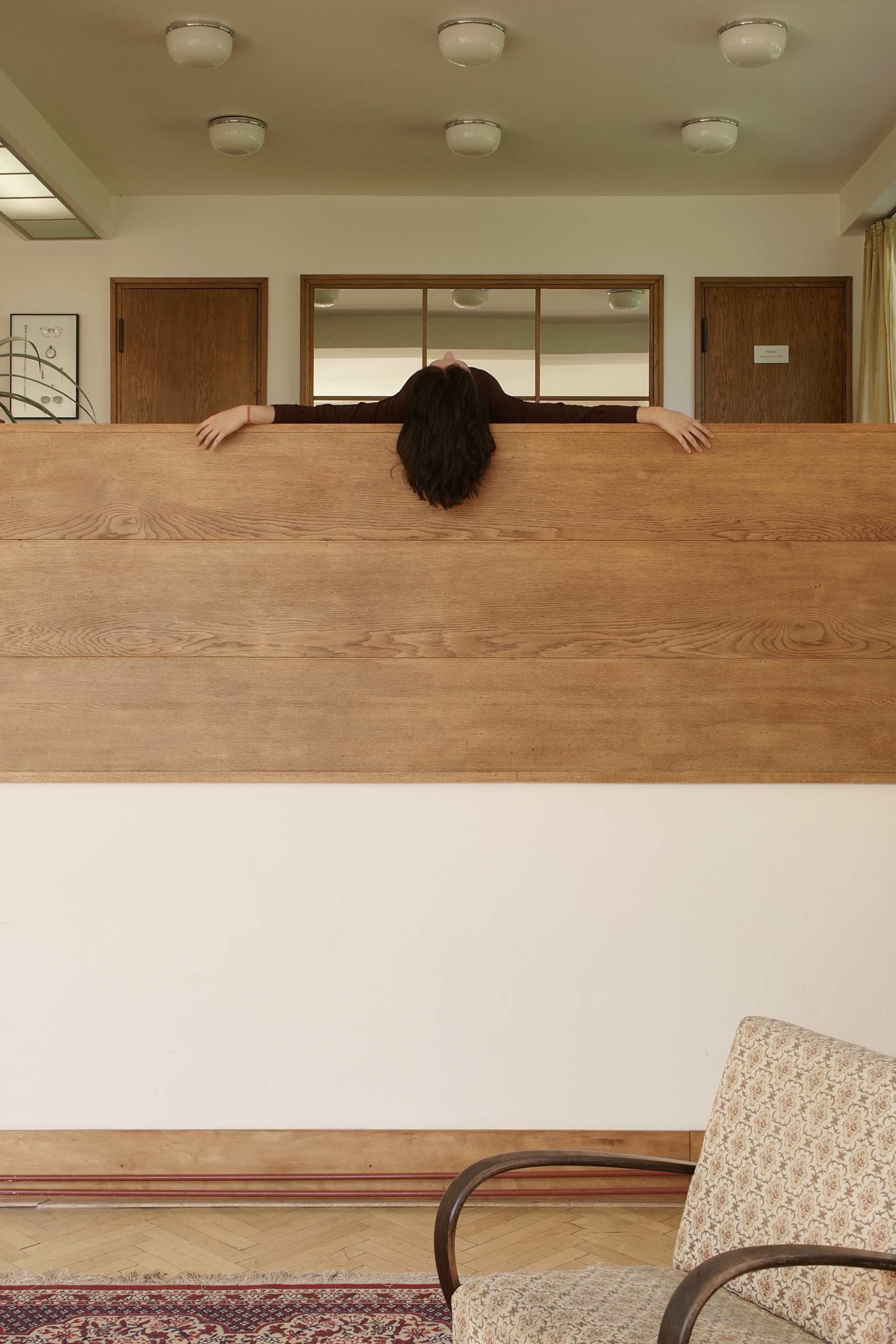
The entire photo shoot has been conceded as a story in a dreamy atmosphere - the main protagonist, apparently in the role of an owner, housewife, or someone else with direct relationship with the house is seen from an intimate, voyeur-kind of perspective as she wakes up in the morning, gets out of bed, enters the closet, tries on a few clothes and then continues down the stairs to the main hall to meet and entertain the guests. After dance show, few lessons on piano and star-like poses on the cutout walls of the Hall, she silently leads the architect-viewer to the upper terrace of the house when they meet with his muses who will perform a series of final dance movements paraphrasing architect's relationships between the physical connections of building elements, as well as with building's shape and form.
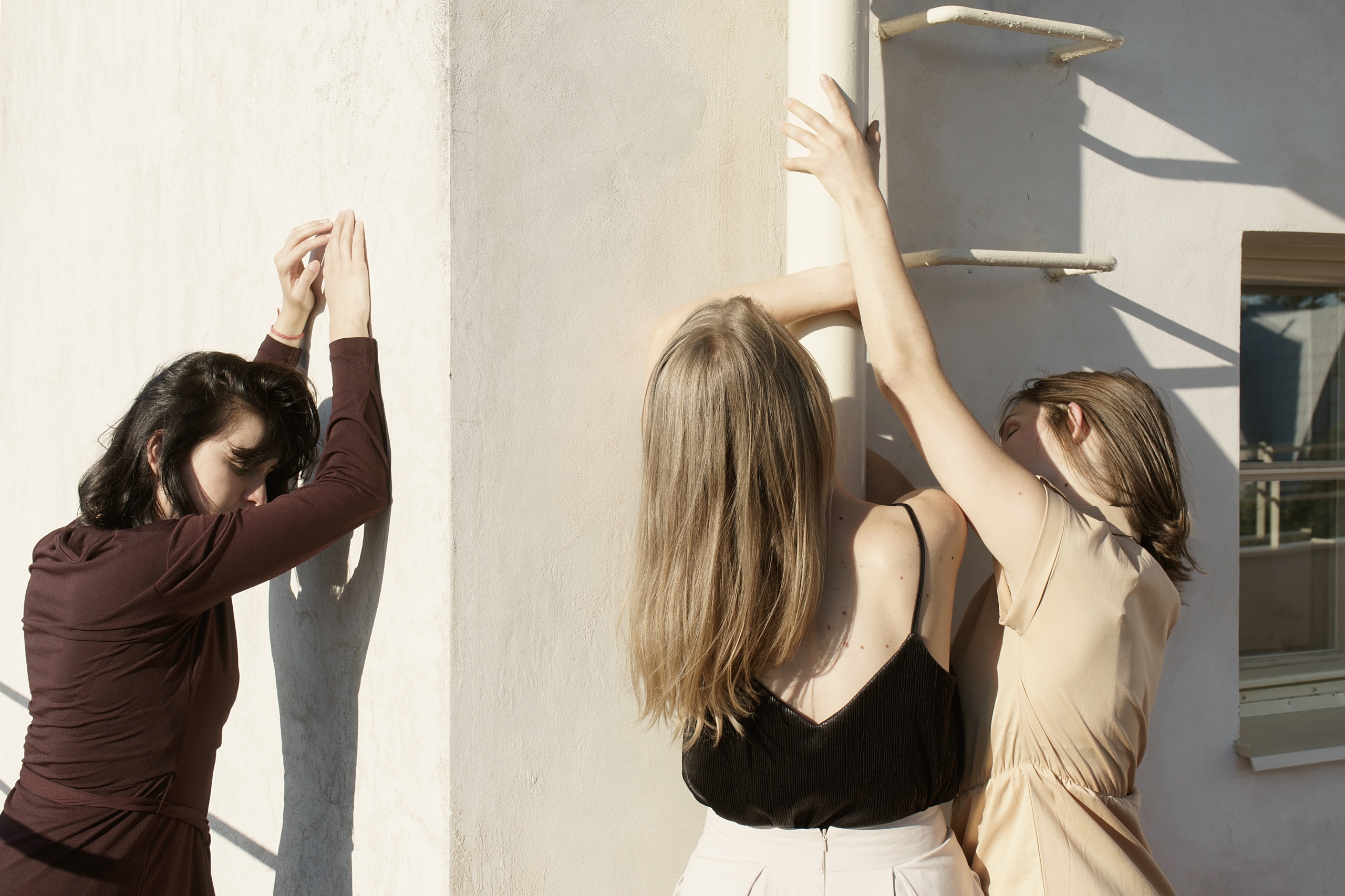
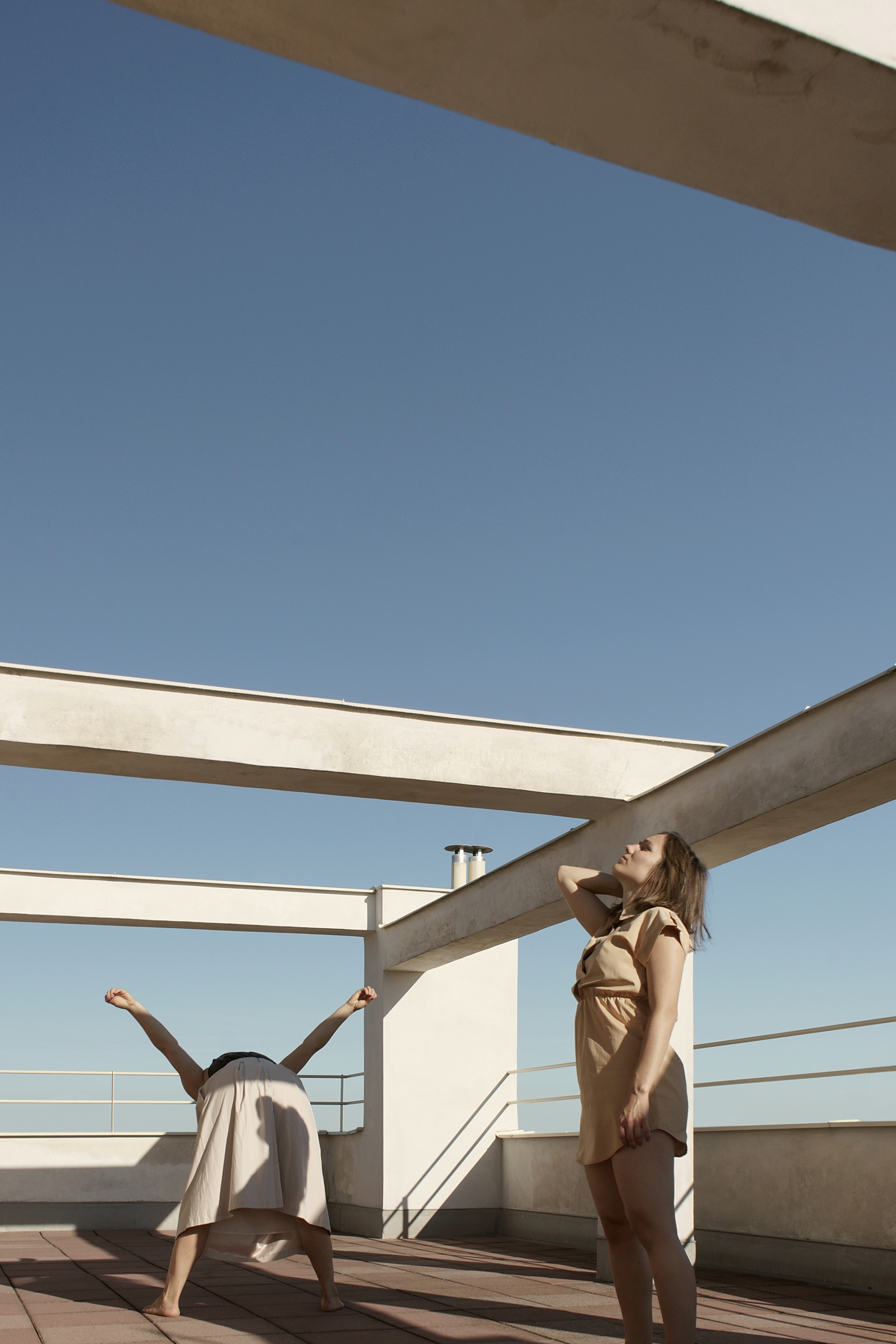
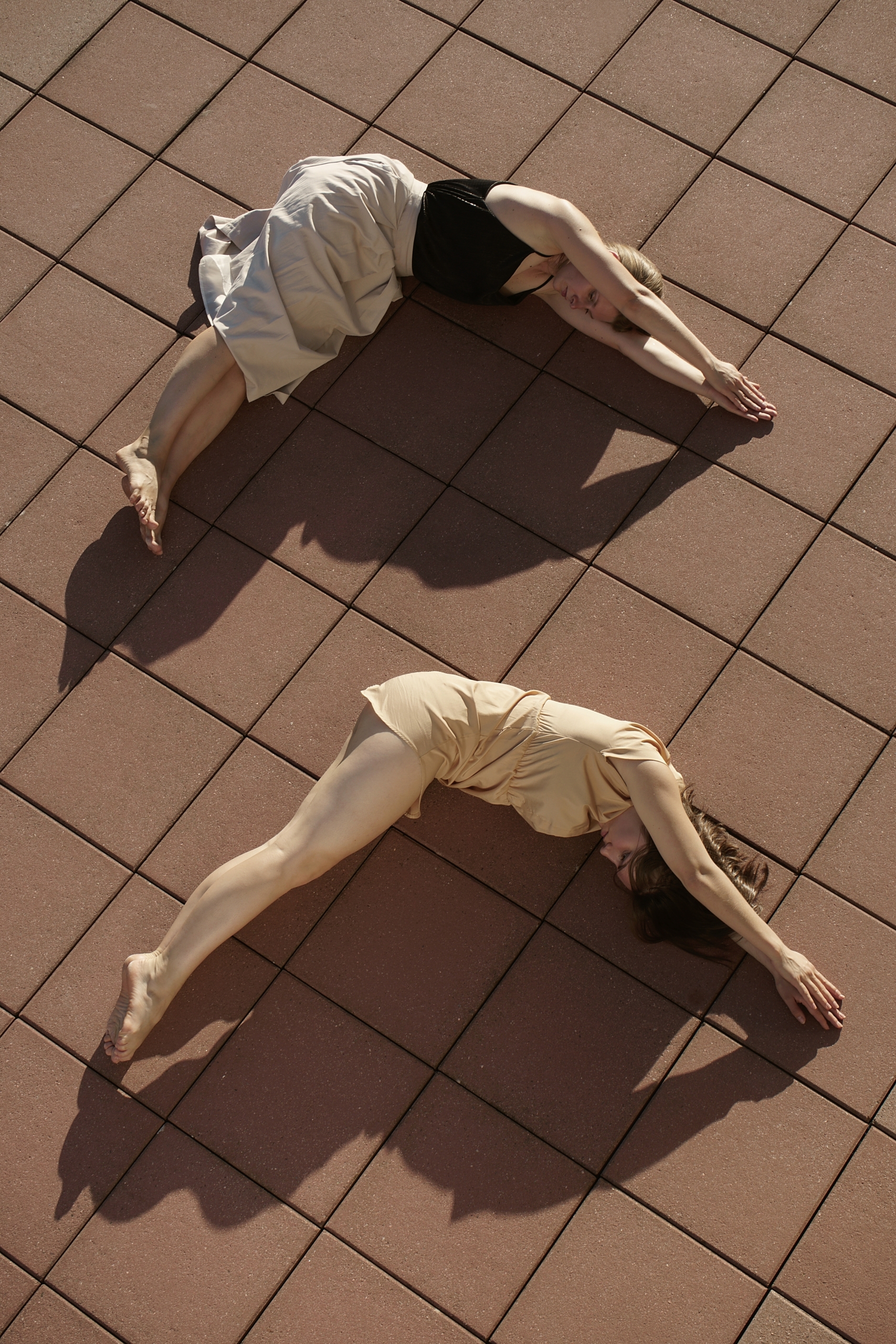
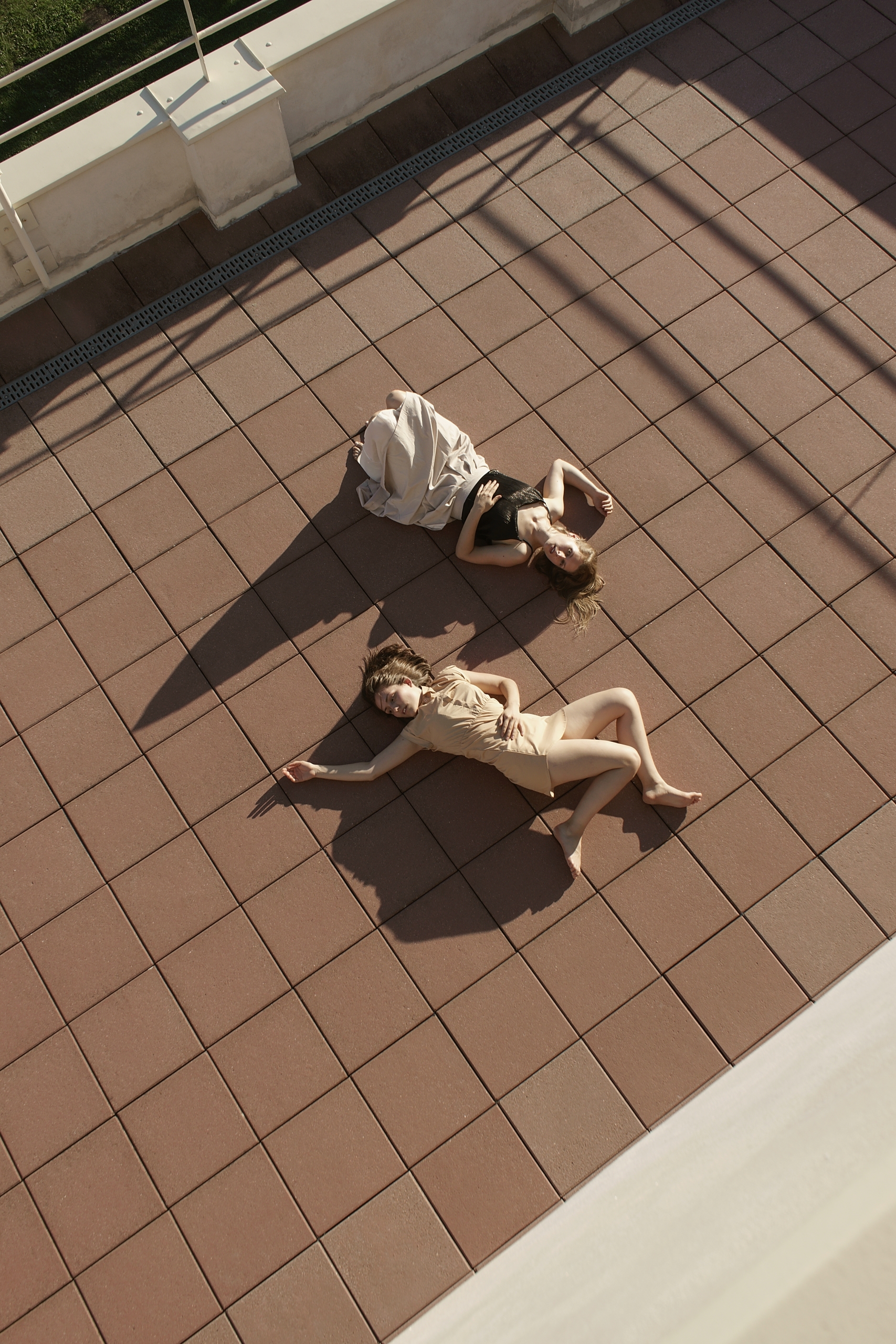
While the main protagonist represents Loos's ideas on experiencing the interior space through the use of Raumplan, authentic materials, built-in furniture or extraordinary use of color, with traditional Japanese design influences in the background, so fundamental in the work of the master, the two dancing muses lay down architect's ideas on the simplicity of the outside envelope, suggesting influences from Mediterranean vernacular architecture on the other hand. The dancers finish the house promenade laying tired on the second-floor terrace under the clear sky and long shadows of the afternoon, touched by the golden rays of light... Nonetheless, it seems like that behind the curtain there lies yet another and rather unknown story - Loos's affection for writing and theater, his statements and believes, his relationships with famous cosmopolitan friends, and last, but not least, that of his lovers.
See the entire story here.
